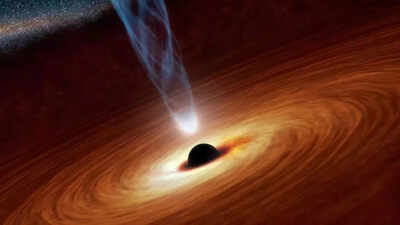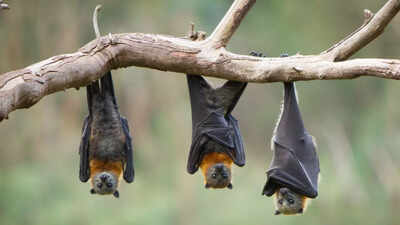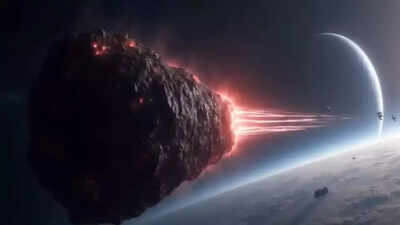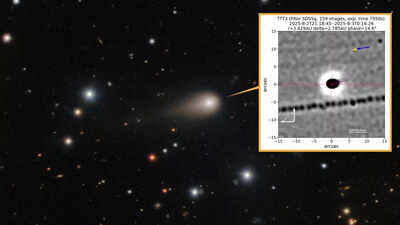Black holes and cosmic jets join forces to shape galaxies | India News

BENGALURU: A new study led by astronomers from the Indian Institute of Astrophysics (IIA) has revealed how supermassive black holes and the powerful jets they emit can work together to regulate the growth of galaxies by suppressing star formation.The study, published in The Astrophysical Journal, shows that both radiation from the surroundings of black holes and high-speed jets can eject gas from the central regions of galaxies. This loss of gas prevents new stars from forming, explaining why some galaxies have very low star-formation rates.Using data from the Sloan Digital Sky Survey (SDSS) and the Very Large Array (VLA) in the United States, researchers examined more than 500 nearby galaxies hosting active galactic nuclei (AGN)—energetic galactic centres powered by material falling into supermassive black holes.“We found that outflows of warm ionised gas are widespread in AGN, and while radiation from the black hole is the main driver, galaxies with radio jets show significantly faster and more energetic outflows,” Payel Nandi, a PhD student at IIA and the study’s lead author, said.The team found that gas outflows are more than twice as common in galaxies detected at radio wavelengths (56%) compared to those without radio emission (25%). These outflows can reach speeds of up to 2,000 kilometres per second, fast enough to escape the galaxy’s gravitational pull.CS Stalin, a faculty member at IIA and co-author, said the study highlights the importance of combining multi-wavelength data to understand the full picture of galaxy evolution. The researchers also observed a strong link between the power of these outflows and the total luminosity of the supermassive black holes. In galaxies with radio jets, this link is even stronger, suggesting that jets act as “boosters” that enhance the black hole’s ability to eject gas.The results support the idea of “negative AGN feedback”, where black hole activity suppresses star formation by blowing away the very gas needed to create new stars.“This study is a step forward in understanding the complex links between supermassive black holes, jets, star formation and galaxy evolution,” Dhruba J Saikia, co-author from the Inter-University Centre for Astronomy and Astrophysics (IUCAA), said.






